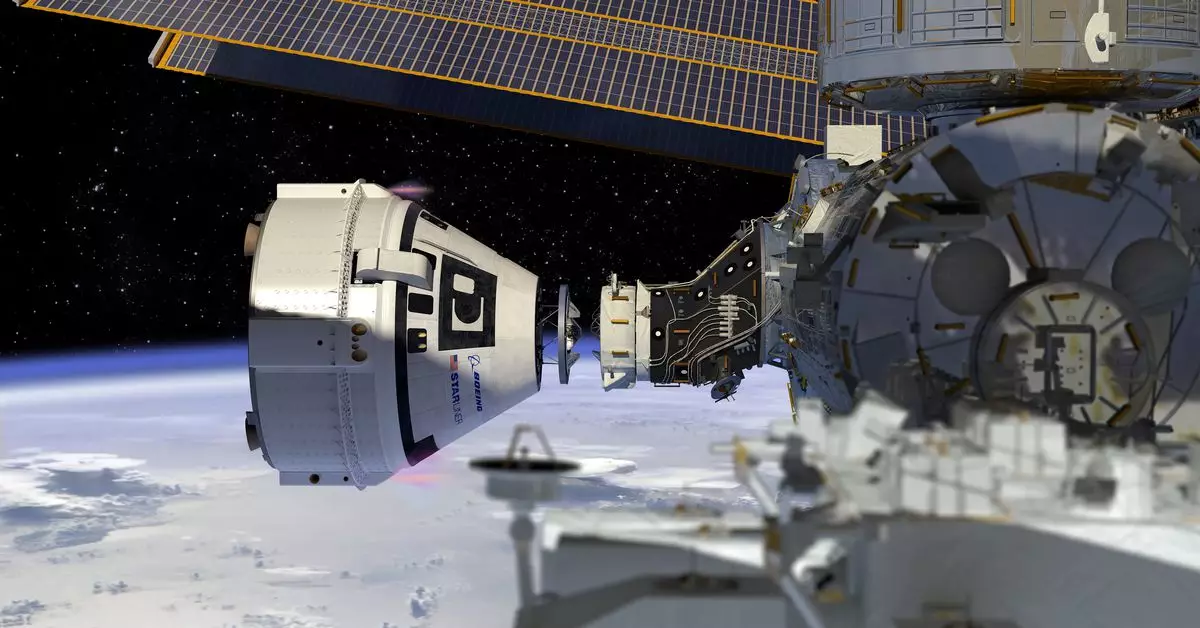NASA has made the decision to bring US astronauts Sunita Williams and Barry Wilmore back to Earth with the SpaceX Crew-9 mission in February after spending more than 80 days aboard the International Space Station (ISS). This decision comes after increased uncertainty in the data regarding the performance of Boeing’s Starliner spacecraft, which was originally intended to bring the astronauts back home. According to NASA officials, the unpredictability of the thrusters and the potential for failures led to the conclusion that it was too risky to bring the crew back on board the Starliner.
The discussion surrounding whether to trust Boeing again has been a tense one within NASA. Associate Administrator Ken Bowersox acknowledged that there has been emotional investment in both options, leading to healthy discourse among team members. Despite the difficult decision to return the astronauts with SpaceX instead of Boeing, NASA remains committed to working with the aerospace company. The main point of contention seems to be the differing evaluations of risk between NASA and Boeing, with Stich highlighting a slight disagreement in terms of the level of risk associated with crewed missions.
Boeing’s Starliner spacecraft faced several challenges during its mission, including thruster failures, helium leaks, and valve issues while docking with the ISS. The limited access to the spacecraft docked at the ISS revealed that deformed Teflon seals may have been a factor in the thruster failures. Despite tests conducted at NASA’s White Sands Test Facility, conclusive answers regarding the issues faced by the Starliner were not obtained, leading to the decision to bring the astronauts back with a different mission.
The entire ordeal highlights the complexities and risks involved in crewed space missions. The need for thorough testing, evaluation of data, and communication between stakeholders is crucial to ensure the safety of astronauts. NASA’s decision to prioritize crew safety over schedule adherence demonstrates the agency’s commitment to maintaining high standards for space exploration. Moving forward, it is essential for all parties involved to address any shortcomings in the spacecraft’s design and operation to prevent similar issues from occurring in the future.
The announcement of NASA astronauts returning with the SpaceX Crew-9 mission sheds light on the challenges faced by crewed space missions and the importance of thorough evaluation and decision-making processes. While the decision to return the astronauts via SpaceX instead of Boeing may have been a difficult one, it underscores the priority of crew safety in space exploration endeavors. As we look towards future missions, it is imperative for all stakeholders to work together to address any issues and improve the reliability of spacecraft for successful missions.

